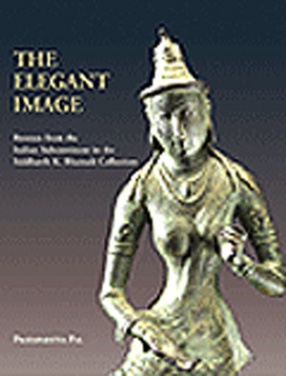
Pratapaditya Pal

Showing all 15 books


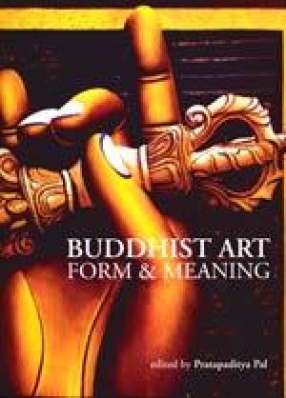





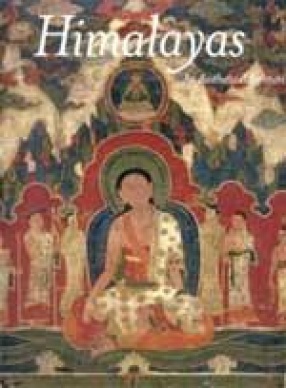

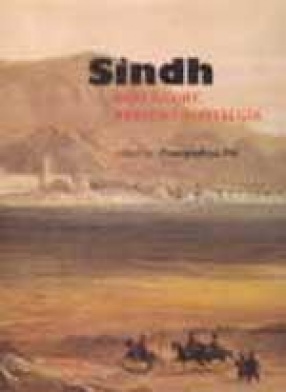

A comprehensive discusson of an extensive collection of metal sculptures from the India subcontinent Although the objects reflect the personal taste of the collector, they not only cover the entire subcontinent but also span 15 centuries of the Common Era, a few being even older. Thematically they represent divinities of the Hindu pantheon as well as Buddhist and Jain deities, providing a rich array of the diverse figures of the three major religions of ancient ...
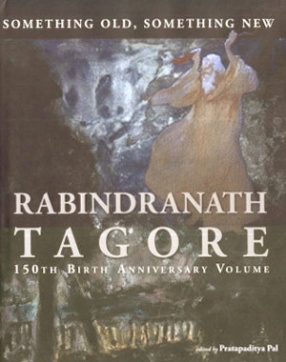
In 1961 to celebrate the birth centenary of the Nobel Laureate Bengali poet Rabindranath Tagore (1861-1941), an entire issue of Marg magazine was devoted to a meditation on the painter Rabindranath by its then editor Mulk Raj Anand. This time around Marg presents that pathbreaking essay along with two others from its archives and nine fresh ones in a potpourri of the old and the new as a 150th anniversary tribute in a new millenium to the brightest luminary of ...
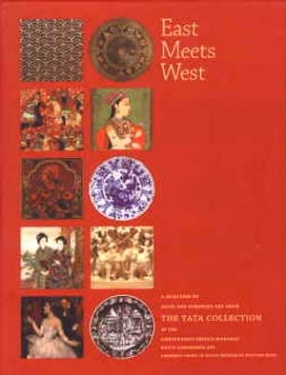
It was with an acute sense of civic pride and nationalist fervour that the illustrious brothers Sir Dorab Tata and Sir Ratan Tata, remarkable scions of India's pioneering industrialist Jamsetji Tata, bequeathed their extensive art collections to the Prince of Wales Museum of Western India, now the Chhatrapati Shivaji Maharaj Vastu Sangrahalaya, Mumbai. This unmatched instance of munificence to a public museum in India had the selfless support of their ...

This book of essays discusses the many facets of the Goddess Durga’s images and worship on the Indian subcontinent. The nine authors (in keeping with Navaratri) belong to both the East and West, and to four religions: Hindu, Muslim, Buddhist, and Christian. The ten essays like the ten arms (dasabhuja) of the great goddess in her Bengali manifestation cannot possibly be all‐encompassing but cover the physical geography of the subcontinent by including ...

Both spatially and temporally, the scope of this book, is expansive. Spatially, the essays cover a vast swathe of Asia stretching from Mathura in India to Thailand in Southeast Asia, including the Himalayan region. Temporally, the period covered is over a millennium from the 1st century BCE to the 10th century CE. Conceptually, the essays cover issues of iconology and styles of Buddhist art, offer new insights and interpretations of both symbols ...

The arts reflect a society’s deeply held values and aesthetic sensibilities. It is therefore necessary to periodically review the arts as an indicator of the broader developments in society and discern the direction in which they are heading. The beginning of a new millennium is an appropriate moment to do so. In this volume, more than a dozen scholars and practitioners – each an expert in his or her field – assess the current state of art in India and look ...

Marg's Association with Orissa has a Long History. Back in the 1950s Issues of the Magazine were Devoted to the Art of the Region and to Konark; in 1960 A Magazine on Odissi, and More Recently A Book on this Classical Dance Form were Published. The Artistic Traditions of Orissa are Among the Oldest and Reichest in the Subcontinent. Recent Archaeological fieldwork has Revealed Several Sites from the Stone age to the Early Historic Period, The History of Buddhism ...

Starting with the earliest travelers in the 16th century, this volume reviews the cultural legacy of five centuries of Indo-Portuguese contact. Although Goa was the capital of the Portuguese sea-borne empire in the East and their largest settlement in India, which they controlled till as recently as forty years ago, they had also settled in Daman and Diu, Calicut, and sites in Bengal. The synthesis is most evident in the architecture, both religious and civic. ...

This book is the third in the series of Marg studies in the regional cultures of the subcontinent – the first two being on the arts of Kutch and Orissa. The book focuses on both West Bengal and Bangladesh which, though parts of the subcontinent, are politically separate entities. However, until 1947, the two formed a single political unit known as Bengal. In a sense therefore the two “Bengals†are being united again in this volume through discourses on ...

The subject of this volume is the fired earthen sculpture, commonly known as terracotta, whose history goes back to the dawn of civilization on the subcontinent. The aim is to provide new material and insights into early Indian terracotta art in a chronological framework. Beginning with the prehistoric period, the first article discusses discoveries at several new Harappan sites in India excavated since 1947 and comments on the remarkable terracotta figurines ...

Tibet is unique as much for its rich heritage of art as for its rugged landscape. Though several books have made known its history and culture - a subject of increasing interest - no single publication has yet provided an overview of its magnificent art and architecture, The present volume is an attempt to redress the imbalance. Contrary to its characterization as "the forbidden land", Tibet has influenced and been influenced by the cultures of Central ...

Himalayas : An Aesthetic Adventure accompanies a landmark exhibition of the same name, the first to include objects from all major regions of the Himalayas. This generously illustrated volume, which includes nearly two hundred of the finest works of art created between the sixth and nineteenth centuries in Nepal, India, Kashmir, Pakistan, Tibet and Bhutan, explores the particular beauty that evolved from the spiritual traditions unique to the Himalayas. An ...
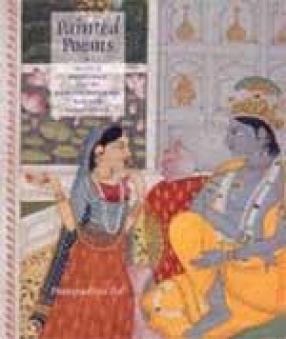
With their vibrant colors and dynamic compositions, the paintings created for Rajput patrons in Northern India are like stories come to life. Dramatic scenes from Hindu epics and religious texts are depicted--the playful Krishna tames the snake demon Kaliya by dancing on its hood; the angry Vishnu manifests himself as half man, half-lion to challenge an unbeliever; the noble Shiva becomes so enchanted by his bride Parvati that he loses himself in her gaze. Other ...

Continuing the series of books focusing on the regional artistic heritage of South Asia, Marg is pleased to present a new collection of essays by leading scholars on the arts of Nepal. Nepal, of course, has a long and rich artistic tradition that has flourished for almost 2,000 years. Both Buddhism and Hinduism are still the two major religions in the country. Nepal’s relatively small size belies its enormous importance in the world of Asian art. Artists from ...

Sindh represents a unique geopolitical entity in the history of the Indian subcontinent. Drained by the Indus, its fertile plains stretch between the mountain ranges of Baluchistan to the west and the Thar desert in the east. Across the passes through Baluchistan, Sindh connects with Iran; on the eastern side the desert cuts it off from the mass of India barring a few caravan routes. The Indus delta makes up for this acting as a trade artery along its length and ...
